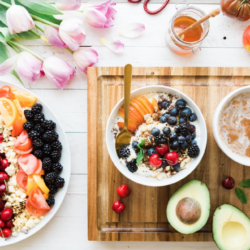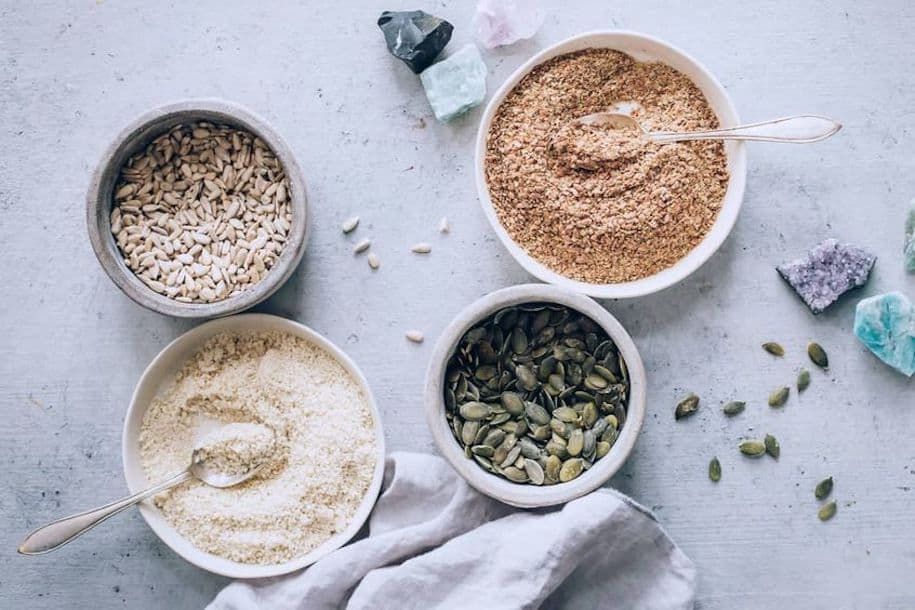
If you’re picturing little flax seeds with arms and legs cycling around, you’re not all wrong (well… about the flax seeds at least).
Seed cycling is the latest trend for hormonal balance, whereby flax, sesame, sunflower, and pumpkin seeds are consumed at different stages of the month to help regulate hormones.
How does seed cycling work?
Based off of naturopathic principles, the hormones that seed cycling has the greatest affect on are oestrogen and progesterone. To understand what seeds to eat and when, we must first take a look at what a regular menstrual cycle looks like.
Your menstrual cycle is broken up into two phases, the follicular phase and the luteal phase. Your follicular phase is the first 14 days of your cycle, beginning on day 1 of your period. During this time your body predominantly releases oestrogen. Right before ovulation, the level of luteinising hormone (LH) and follicle-stimulating hormone (FSH) increase, with oestrogen then dropping right after. Your luteal phase is the second phase, and it lasts from day 15 to day 28 during which time progesterone is dominant.
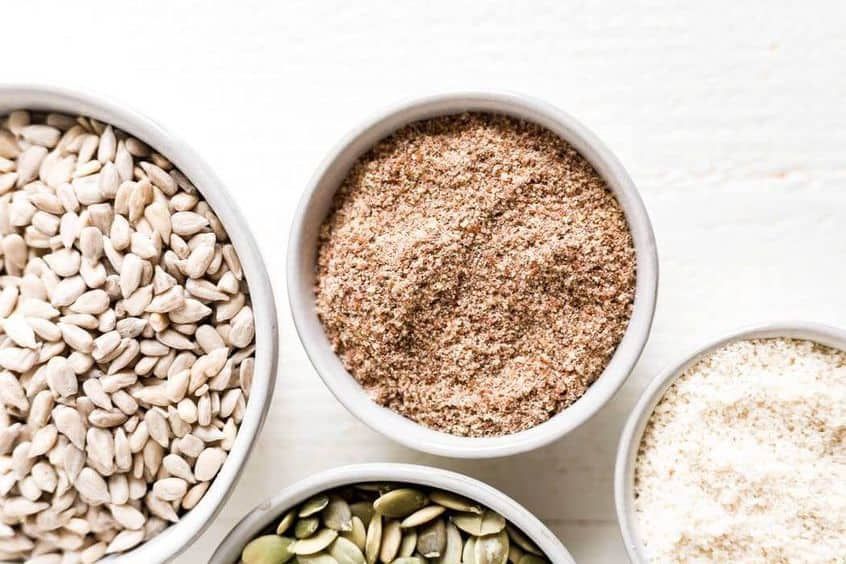
Ok so what are the seed cycling benefits?
Eases dysmenorrhea
Supports menopausal symptoms
Enhances fertility
Regulates menstruation
Reduces hormonal acne
Helps alleviate symptoms associated with polycystic ovary syndrome (PCOS)
SEED CYCLING IN THE FIRST HALF OF THE CYCLE (day 1-14):
In this time, oestrogen levels start low and gradually rise to prepare for ovulation. The higher the oestrogen, the more LH, and the lower the oestrogen, the more FSH. Maintaining balance between these hormones is important – you neither want too much or too little!
“Plant oestrogen’s” (known as phytoestrogens) are important in the follicular phase as their lignan content modulate oestrogen by increasing it when there’s a deficiency, and decreasing it when there is excess.
– Flax Seeds: 1 tablespoon ground (to ensure the lignans and nutrients are released!), per day.
- Lignans block excessive oestrogen
- Omega 3’s regulate FSH release
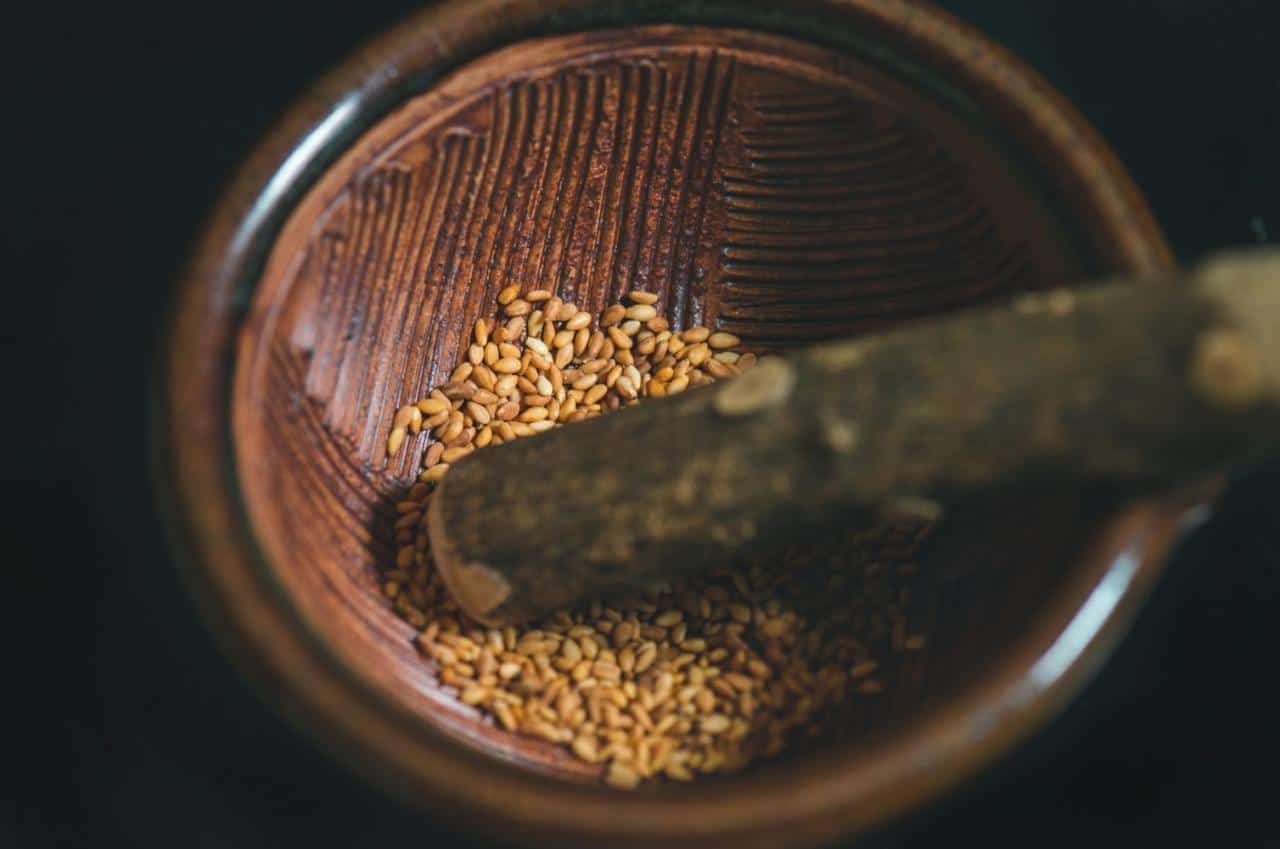
– Pumpkin Seeds: 1 tablespoon, per day.
- High zinc promotes progesterone release
- High omega 3’s
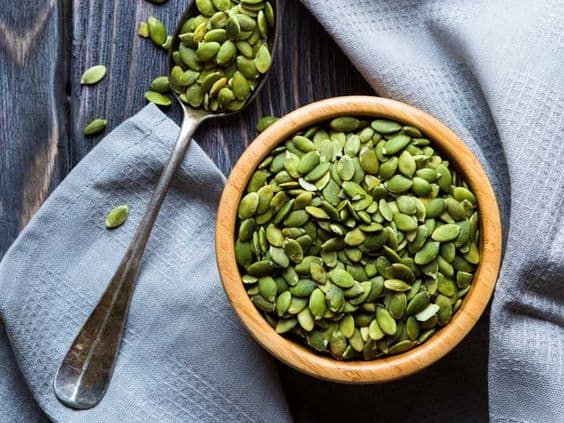
SEED CYCLING IN THE SECOND HALF OF THE CYCLE ( (day 15-28)
Progesterone in this phase is responsible endometrial health, as it builds the uterine lining in preparation for egg implantation. The sudden drop in oestrogen at ovulation is what triggers the luteal phase. Oestrogen does progressively rise again in the luteal phase, however, premenstrual symptoms occur when it gets too high.
Omega 6 is important in the luteal phase as it converts to gamma-linolenic acid (GLA), which has been shown to alleviate PMS.
– Sunflower Seeds: 1 tablespoon per day.
- Selenium which aids hormone metabolism and liver function
- Omega 6 which converts to GLA
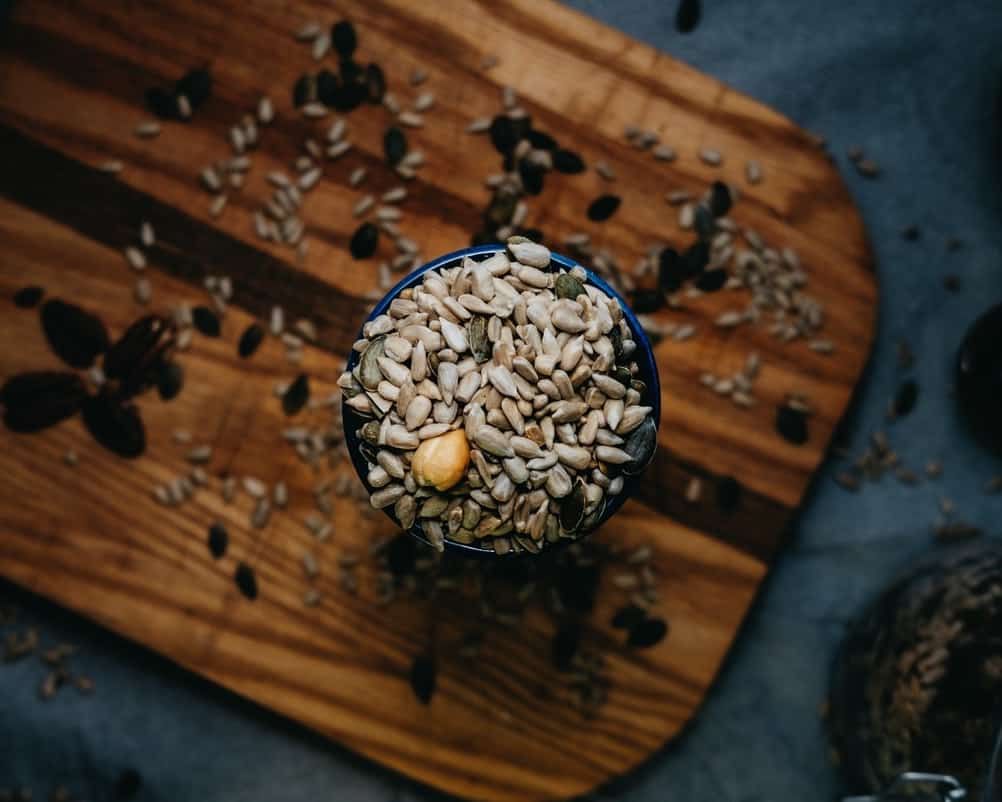
– Sesame seeds: 1 tablespoon per day (tahini is a good option!).
- Lignans to regulate oestrogen
- Omega 6 which converts to GLA
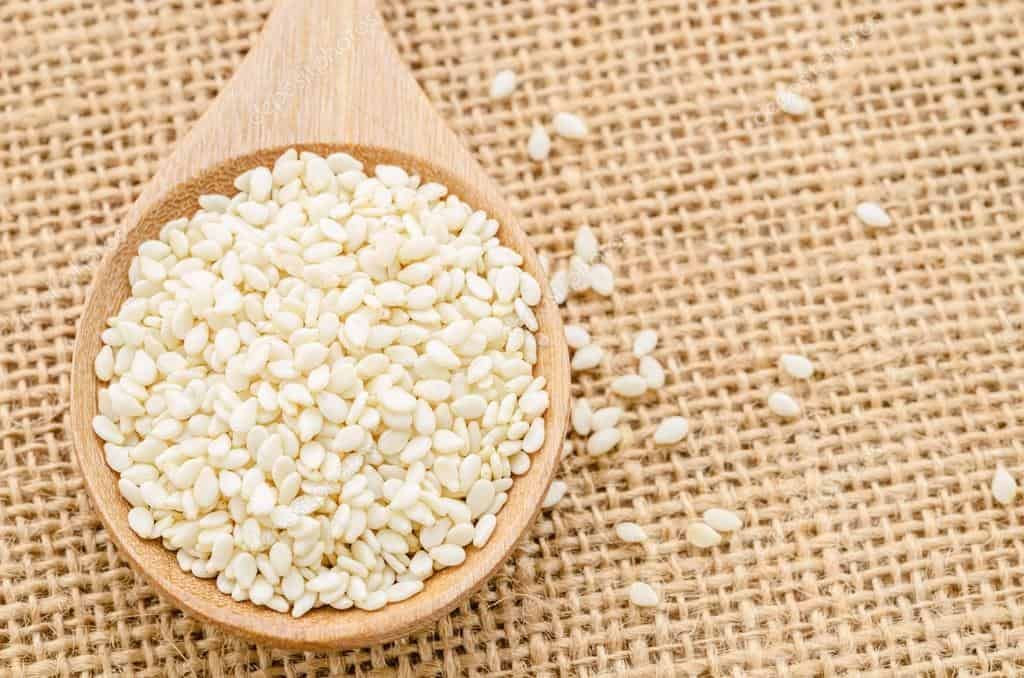
The take home tips:
- Ensure the nuts are ground so that their nutrients are released and they don’t just pass straight through your digestive system… just remember once you’ve ground them you should consume within 15-minutes so they don’t oxidise.
- Opt for raw, unsalted seeds – preferably organic is available.
- Make a mixed jar of flax and pumpkin seeds in the follicular phase, and sunflower and sesame seeds in the luteal phase – that way you can easily add 2 tablespoons to different meals daily.

